Composting: How And Why
COMPOSTING: HOW AND WHY (ISSUE 149) OCTOBER 7, 2014
By Diane Gold
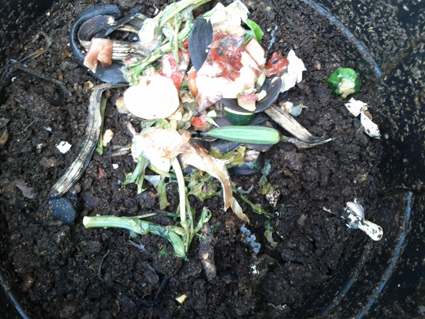 Composting, how and why discusses how easy it is for us to replenish the soil using our raw kitchen waste and why it benefits us to do it.
Composting, how and why discusses how easy it is for us to replenish the soil using our raw kitchen waste and why it benefits us to do it.
So, let’s define composting for those not familiar. It is a method of gathering decayed and decaying plant matter for the purpose of replenishing and fertilizing the soil so that something new has lots of nourishment from which to grow.
Nature composts through the decay of falling leaves, windblown seeds, seed casings, branches, the growth of fungi and microbes. We compost by mixing our vegetable waste with certain carbon-based products to cause the very same process.
WHY COMPOST?
According to Lynn Russell, composter, small garden enthusiast and new friend,
“The main reason to compost is to make your soil alive with all the bacteria and the fungi and beneficial microbes the plant needs and exchanges energy with into the soil. The second reason is that you are imitating nature by using your waste to go back into the soil to make something good rather than just disposing [of] it. Constant recycling… It’s the way the world works. It’s the way nature works.”
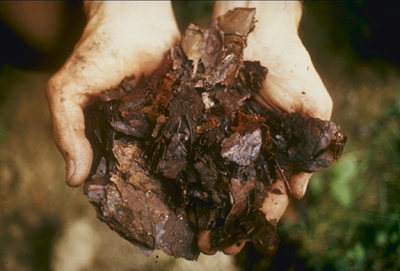
Just a note, by imitating nature, we are using waste and turning it into usable goods, nutrients for the food we grow.
WHO CAN COMPOST?
For those of us who have a garden, we probably have some land on which to place containers in which to compost. For those in suburban apartments, we might have a terrace or outside dumpster next to which to keep a container. For those in urban apartments, like Jen Doll did for 10 days last year while writing a compost article, she put hers in the freezer. She concluded that composting could reduce rats because garbage cans would no longer be overflowing, and monitoring our compostable goods in the freezer could make us more aware of how not to buy more than we can use during the week.
Some people choose to do the whole process. Many people, either through choice, lack of space or location circumstance choose to give their waste to a local farmer.
CARBON FOOTPRINT
According to a 2011 report by epa.gov on reducing greenhouse gas emissions, composting food waste rather than putting it in the land fill has a significant greenhouse gas emission reduction and is a great way to reduce each of our carbon footprints.
PREPARATION FOR PLANT-BASED MATERIALS
So how do we do it? When I asked Lynn about what materials to use, she outlined the process easily. Although I’ve heard this before, I think I got it this time because she broke down the process into the simplest of steps.
CONTAINER PROCESS
1) For those who want to complete the entire composting process starting with a bin and finishing with composted materials, we can follow Lynn’s system:
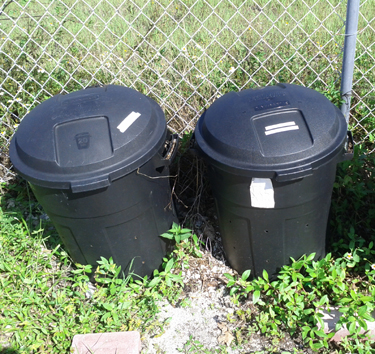
a) the 2 container system.
This consists of 2 – 20 gallon flexible
garbage cans with lids that cost around $14.
b) A $10 shovel to turn the materials.
c) AERATION
On the bottom of each garbage can, drill 8 to 10 – 5/16 inch holes.
10 inches up, drill 8 to 10 (or 1 hole every 8 inches or so) 5/16 inch holes around the circumference of the can.
10 inches up, do the same as the previous step.
2) For those who want to give food waste to a farmer or drop compost at a city or county composting site, all we need do is place the scraps in a container that belonged to some empty produce container, either a shaped plastic container from pre-cut wheatgrass or a pliable plastic bag or paper bag from market and place it in the refrigerator or the freezer. I put mine in the refrigerator. Lynn puts hers in the freezer.
THE 2 CATEGORIES OF STUFF WE USE
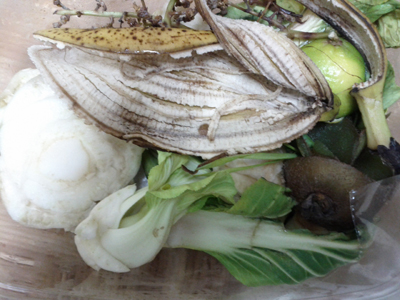
There are 2 types of items we use for our compost.
1) The first is GREENS which provide NITROGEN. These consist of fruits, vegetables, maybe uncooked bread with no spreadable food on it. If any food is rotted from a microorganism, Lynn has recommended to leave it out so the soil is purer. Raw food is best. It also attracts less vermin, if it is outside.
Greens from the lawn can be used if it’s our own lawn (called soft waste). We must be sure there are no pesticides on the lawn greens. Lynn suggests that it’s better to leave it out if the green clippings are sprayed with contaminants of any kind.
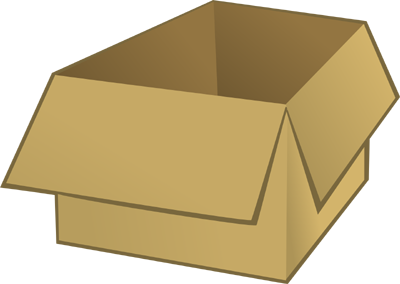
2) Then we have our BROWNS WHICH are CARBONS. This would consist of shredded newspaper and plain brown cardboard. (Sawdust can be used if the wood has not been treated, which is doubtful.) We have to wet the cardboard. Then we need to break it into small pieces which makes it easier for the microbes to get at it.
THE LAYERS
Now comes the good part: the layers, which do not have to be so exact, according to Lynn. She says,
“Some say use more carbon, but it can also be 50-50.”
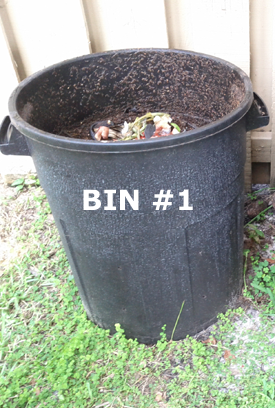
We start with 1 garbage can which we can label as “BIN #1.”
1) We begin with a carbon layer, 6 inches high in the bottom. We just place it in there, no special way.
2) Next, we put our layer of fruit and vegetable waste, 3 to 6 inches.
3) Then, there’s another layer of newspaper and brown cardboard, if we have it.
4) If we do have more, we add another layer of 2) and then 3).
5) Now, it gets exciting. We let it sit, covered for a few days.
6) When it starts decomposing, we use the shovel to turn it.
7) Now, the interesting part. We let it sit and stir it for about 8 weeks, noticing how it changes.
8) When it looks too wet, we add carbons. When it looks too dry, we add greens.
9) When we have 3/4 of a bin full, we can either dump it out into the second bin so that we get to mix what’s on the bottom OR we can start layers in the second bin.
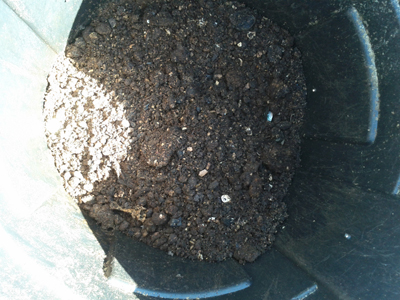
10) When the compost in the bin has broken down and is starting to look like soil, we stop adding to it. We just turn it, let it get dark and finished.
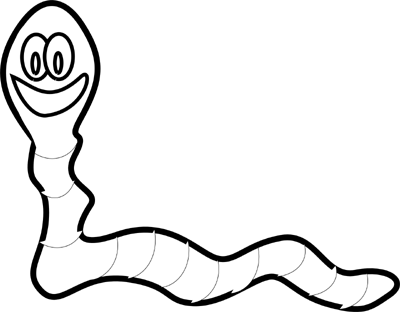
THE SURPRISE
Worms will make their way into the compost pile through the holes that we drilled. Their waste (called castings) is some of the best fertilizer for any soil. They also turn and aerate the soil.
CONCLUSION
I am very respectful of composters. When we have land, it’s not such a big thing to compost. When we have not much more than a terrace, I think it’s courageous. Since I don’t really have a backyard that I can monitor, I give my fruit and veggie waste to Lynn. I am grateful because I have somewhere for my greens to go, other than the garbage can. She is grateful because she can depend upon my weekly layer of greens. And, an added bonus that was not part of the deal, we are becoming friends.
ACTION STEPS
Here are some action steps that you may find rewarding.
1) Buy a tiny 8 ounce can and put holes in it for aeration.
2) Put 3 layers into the can: bottom browns (carbon), about 2 inches, middle greens, about 2 inches, top browns, about 2 inches.
3) Nurture it on the windowsill or near the garbage cans.
4) Stir regularly.
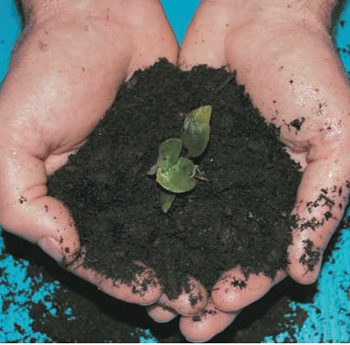
5) When it’s finished,
plant something into that soil.
6) Decide today to do one of the two: start composting regularly or give your food waste to a farmer.
![]()
If you wish to share your story, please hit reply in your email program to be contacted.
![]()
FEEDBACK
We value your feedback very much.
Please leave a comment below.
Please LIKE us on the website
and at WarriorsofWeight .on Facebook.
You can also follow us on Twitter @warriorsoweight.
Thanks.
![]()
DIANE GOLD, PUBLISHER AND AUTHOR
Diane Gold, Founder of Warriors of Weight, Turning Habits Into Health, is a mentor in tai chi, kung fu and meditation, a music, fitness and stress expert, dedicated mom, studying plant-based nutrition, peaceful conflict resolution and habit replacement.
She believes in the power of sustainable education. She believes in educating youth so that future generations can live well. She says,
“Any time we can reduce greenhouse gas emissions, it is good, even if we impact a small bit at a time through composting. The very act of composting shows us life cycle. Being close to this cycle makes us close to understanding. I have no doubt that being close to understanding can bring us peace.
“Finally, let us all take good care of ourselves because we are so worth it!”
![]()

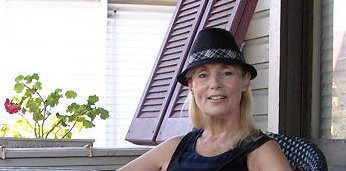
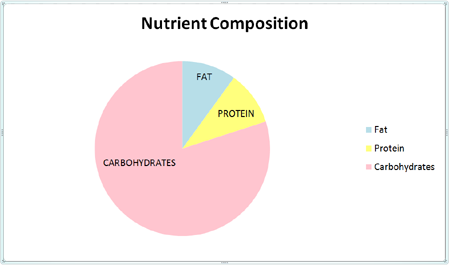 Nutrient composition, as per T. Colin Campbell, is far more important than looking at the amount of one nutrient quantity alone. The amount of calories we ingest is not as important as what type of calorie we take in.
Nutrient composition, as per T. Colin Campbell, is far more important than looking at the amount of one nutrient quantity alone. The amount of calories we ingest is not as important as what type of calorie we take in.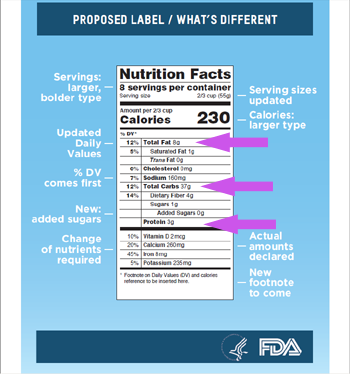
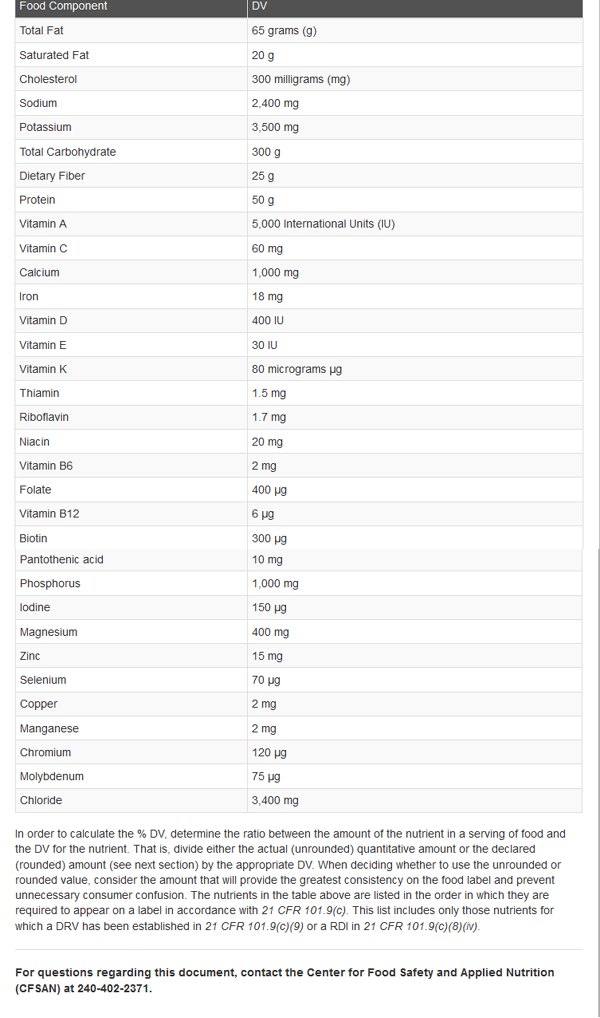
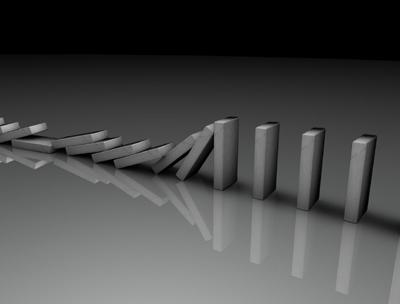 The following factors can change the amount of a macronutrient (like a carb), a micronutrient (like vitamin A), a macromineral (like calcium), a micromineral (like copper), a phytochemical (like quercetin) that we need on a particular day. When just 1 change occurs in our lives, the body goes through the domino effect, where every system’s connection to every other system in the grand infrastructure we call the human body is affected.
The following factors can change the amount of a macronutrient (like a carb), a micronutrient (like vitamin A), a macromineral (like calcium), a micromineral (like copper), a phytochemical (like quercetin) that we need on a particular day. When just 1 change occurs in our lives, the body goes through the domino effect, where every system’s connection to every other system in the grand infrastructure we call the human body is affected.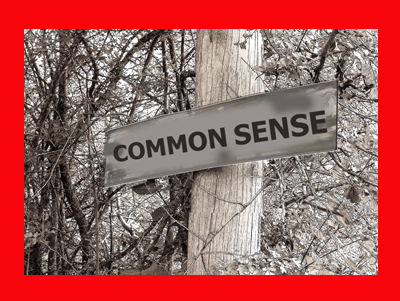

 A definition for this discipline that mirrors mine is this, given by Deepak Chopra, M.D., speaker and author,
A definition for this discipline that mirrors mine is this, given by Deepak Chopra, M.D., speaker and author,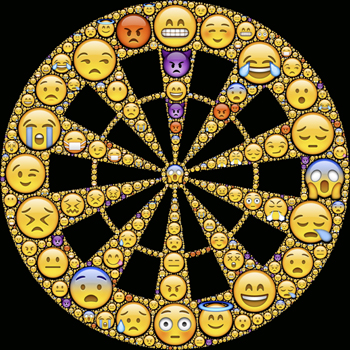 All throughout the day, each of us has so many stimuli: noises, smells, people, electronics, world events, our own creative projects and work, our family and friends. As we walk to our car, bike, train, we see all the different parts of each person that may draw our attention.
All throughout the day, each of us has so many stimuli: noises, smells, people, electronics, world events, our own creative projects and work, our family and friends. As we walk to our car, bike, train, we see all the different parts of each person that may draw our attention.
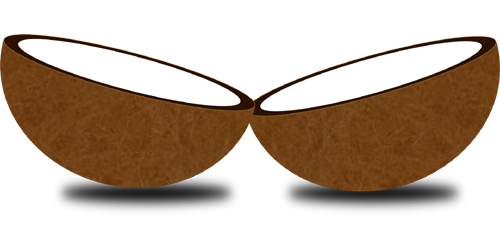
 When we do tai chi, free dance, body shaking; we’re so absorbed in the body movement that it’s hard to lose our focus since we would we would lose our physical balance if our attention strayed. That’s why it is massively easier to rule out external stimuli when we’re physically moving.
When we do tai chi, free dance, body shaking; we’re so absorbed in the body movement that it’s hard to lose our focus since we would we would lose our physical balance if our attention strayed. That’s why it is massively easier to rule out external stimuli when we’re physically moving.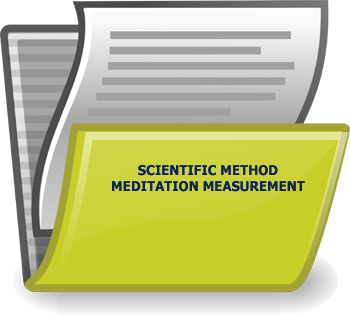 Medical research studies have confirmed that meditation reduces blood pressure, anxiety, PTSD, cholesterol, depression, stress. In April, 2014, a team at Brown University finally structured the coding of verbal responses that can be correlated to quantitative neurophysiological measurements.
Medical research studies have confirmed that meditation reduces blood pressure, anxiety, PTSD, cholesterol, depression, stress. In April, 2014, a team at Brown University finally structured the coding of verbal responses that can be correlated to quantitative neurophysiological measurements.
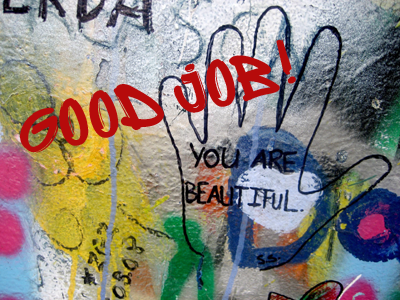
 When the preacher or leader of our chosen group discourses that our particular congregation of members is loved more than other religious groups, we are refining how we see the world. Our ego becomes falsely inflated with the knowledge that we are in a special tribe which means we have been taught that there are other tribes less worthy. We have been lifted up while others have been lowered.
When the preacher or leader of our chosen group discourses that our particular congregation of members is loved more than other religious groups, we are refining how we see the world. Our ego becomes falsely inflated with the knowledge that we are in a special tribe which means we have been taught that there are other tribes less worthy. We have been lifted up while others have been lowered.
 Anyone who teases, bullies, insults people with lesser intellectual capacity, less expensive clothing, a physical imperfection, is doing it to inflate the ego. It serves no other purpose. This has come out of the original “good job” that was uttered way back when to encourage us along into the competitive world. This simple statement or one like it started our competition engine, but competition is not the culprit here. It what we were supposed to learn along with this concept.
Anyone who teases, bullies, insults people with lesser intellectual capacity, less expensive clothing, a physical imperfection, is doing it to inflate the ego. It serves no other purpose. This has come out of the original “good job” that was uttered way back when to encourage us along into the competitive world. This simple statement or one like it started our competition engine, but competition is not the culprit here. It what we were supposed to learn along with this concept. It what we were supposed to learn along with this concept.
It what we were supposed to learn along with this concept. When we say, “The World Is Flat,” people look puzzled because our current perception of truth is different from this. But, at one time, this was current thought. This article aims to show how, with new or updated information, what we used to perceive as true is replaced by a new perception, which may or may not be what truly exists in the real world and how through mis-education or swarm mentality, we may not be seeing the real truth, supporting what is ethical and being the best that we can be.
When we say, “The World Is Flat,” people look puzzled because our current perception of truth is different from this. But, at one time, this was current thought. This article aims to show how, with new or updated information, what we used to perceive as true is replaced by a new perception, which may or may not be what truly exists in the real world and how through mis-education or swarm mentality, we may not be seeing the real truth, supporting what is ethical and being the best that we can be.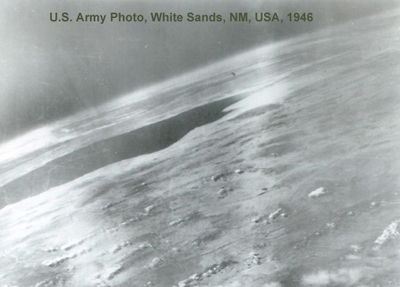 Overwhelming evidence to the contrary appeared. Navigational instruments were using more sophisticated instruments to calculate distances, Magellan’s crew circumnavigated the world, (Magellan died before the culmination of the voyage in 1521), student education was more accurately based on scientific evidence rather than perception.
Overwhelming evidence to the contrary appeared. Navigational instruments were using more sophisticated instruments to calculate distances, Magellan’s crew circumnavigated the world, (Magellan died before the culmination of the voyage in 1521), student education was more accurately based on scientific evidence rather than perception. We each have mixed perceptions about getting ahead. We each define our own ethical lines. Some of us believe we have to go about excellence through the bureaucratic systems that exist within multinationals, (such as corporations being friends with media outlet owners who protect bad stories from coming out of the friend multinational, who are friends with politicians who pass laws
We each have mixed perceptions about getting ahead. We each define our own ethical lines. Some of us believe we have to go about excellence through the bureaucratic systems that exist within multinationals, (such as corporations being friends with media outlet owners who protect bad stories from coming out of the friend multinational, who are friends with politicians who pass laws Others of us see the vision of evolving into peaceful or cooperative coexistence, not from waving peace flags , but from joining together and actively choosing companies whose ethic is not greed. This, in effect, would support a new network of companies that were not involved in greed as motivation but who joined together to build a new infrastructure to replace the old one described in the above paragraph.
Others of us see the vision of evolving into peaceful or cooperative coexistence, not from waving peace flags , but from joining together and actively choosing companies whose ethic is not greed. This, in effect, would support a new network of companies that were not involved in greed as motivation but who joined together to build a new infrastructure to replace the old one described in the above paragraph.
 Profit From Peace is an ideal that has fallen through the cracks in discussions at the university level, in primary and secondary schools, across diplomatic and corporate tables. It’s not really in the back of our minds, yet, either.
Profit From Peace is an ideal that has fallen through the cracks in discussions at the university level, in primary and secondary schools, across diplomatic and corporate tables. It’s not really in the back of our minds, yet, either. Each candidate would pitch the business plan of her/his created company, including how to finance and manage it. The show would include role playing a board meeting run by the prospective director of the company.
Each candidate would pitch the business plan of her/his created company, including how to finance and manage it. The show would include role playing a board meeting run by the prospective director of the company.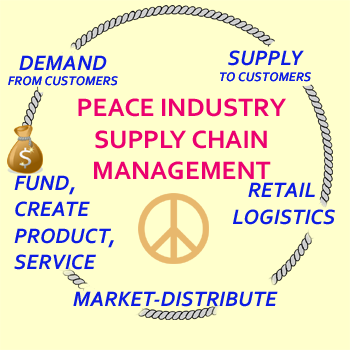 We already know how to make money from war. Military equipment, location and protection technology and gear, air, land and sea vehicles need manufacturing, technological assembly, fuel for transport, human personnel, financing up front to pay for the above, medical costs during and after war. We have mastered this art. Let’s explore another.
We already know how to make money from war. Military equipment, location and protection technology and gear, air, land and sea vehicles need manufacturing, technological assembly, fuel for transport, human personnel, financing up front to pay for the above, medical costs during and after war. We have mastered this art. Let’s explore another. BUSINESS INVESTORS
BUSINESS INVESTORS 1)
1)  Hopefully, the profit from peace concept is now embedded in our minds. It can only grow as we talk and refine it. If we are consistent, don’t disrespect the profit position of war manufacturers and give them an alternative; we might have embarked upon something that will work.
Hopefully, the profit from peace concept is now embedded in our minds. It can only grow as we talk and refine it. If we are consistent, don’t disrespect the profit position of war manufacturers and give them an alternative; we might have embarked upon something that will work. Accidentally, a weight loss secret weapon came to my attention. I was minding my own business, looking for the next best thing to eat – for taste, not for substantial weight loss – I am lucky enough that my Buddha belly is only a pound or two. But, I always eat what I recommend, and I always taste new foods.
Accidentally, a weight loss secret weapon came to my attention. I was minding my own business, looking for the next best thing to eat – for taste, not for substantial weight loss – I am lucky enough that my Buddha belly is only a pound or two. But, I always eat what I recommend, and I always taste new foods.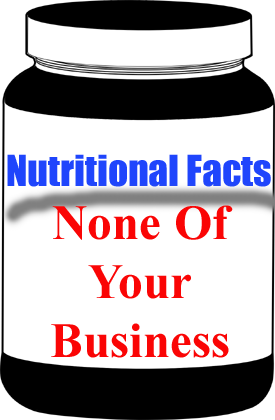 “Super food” has more credibility than the word “natural” whose label means absolutely nothing and could mean anything from pig juice from non-hormonally treated adorable baby pigs to apple juice from genetically modified seeds whose crop is minimally sprayed. It also far surpasses the label that shows nutritional facts being none of our business by ingredient omission due to some legislative exemption or by the manufacturer’s not knowing the source of an ingredient.
“Super food” has more credibility than the word “natural” whose label means absolutely nothing and could mean anything from pig juice from non-hormonally treated adorable baby pigs to apple juice from genetically modified seeds whose crop is minimally sprayed. It also far surpasses the label that shows nutritional facts being none of our business by ingredient omission due to some legislative exemption or by the manufacturer’s not knowing the source of an ingredient.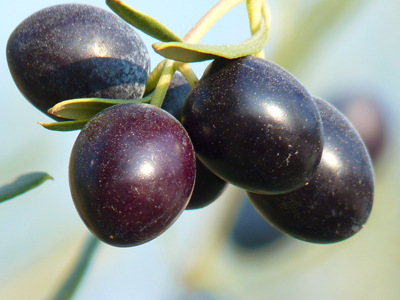 What’s so great about antioxidants is that they inhibit a cell from interacting with oxygen. Think of the browning of cut apples or the healing of a cut on your skin. Some cells die, like rotting fruit. But, in the case of the body, we make new cells that replace the old cells which results in a healed cut.
What’s so great about antioxidants is that they inhibit a cell from interacting with oxygen. Think of the browning of cut apples or the healing of a cut on your skin. Some cells die, like rotting fruit. But, in the case of the body, we make new cells that replace the old cells which results in a healed cut.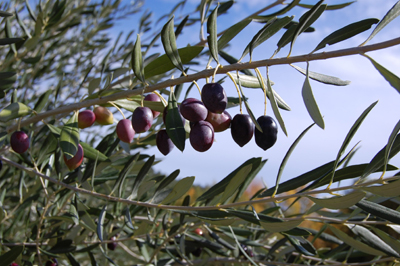 Since the time I began eating olives, I have lost several of the stubborn pounds that did not please me. I had gained 5 pounds for no reason, and it was not coming off. Now it is off. One of the only additions to my eating regimen is olives. I have researched that scientists believe that mono-saturated fats, the kind found in olives, can help with weight loss by breaking down fat inside of fat cells.
Since the time I began eating olives, I have lost several of the stubborn pounds that did not please me. I had gained 5 pounds for no reason, and it was not coming off. Now it is off. One of the only additions to my eating regimen is olives. I have researched that scientists believe that mono-saturated fats, the kind found in olives, can help with weight loss by breaking down fat inside of fat cells.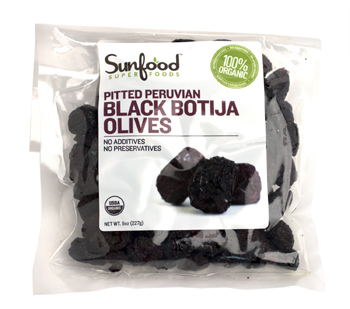
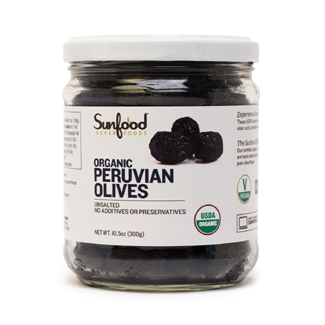
 Integrative Medicine is the new buzz phrase that refers to medical doctors’ looking at biology, psychology, exercise, social adjustment, spiritual balance and nutrition to conclude the best way to work together with a patient on her health.
Integrative Medicine is the new buzz phrase that refers to medical doctors’ looking at biology, psychology, exercise, social adjustment, spiritual balance and nutrition to conclude the best way to work together with a patient on her health. Because part of healing has to do with self-expression, integrative medicine includes counseling and discussing what is going on in the life of the patient or how the patient feels. Yes, we pay for the time since we may be billed at the highest tier should we touch upon 5 subjects that ail us instead of 1; but we have the ability to have a full and complete session with an expert. Hallelujah.
Because part of healing has to do with self-expression, integrative medicine includes counseling and discussing what is going on in the life of the patient or how the patient feels. Yes, we pay for the time since we may be billed at the highest tier should we touch upon 5 subjects that ail us instead of 1; but we have the ability to have a full and complete session with an expert. Hallelujah. Having been aware that the health care system compartmentalizes each area, many of us have known that the infrastructure of medicine as it has been displayed and taught to us is out of balance and incomplete medicine. We who know what mind/body disciplines can do for health are thrilled to see the continued popularity of integrative medicine.
Having been aware that the health care system compartmentalizes each area, many of us have known that the infrastructure of medicine as it has been displayed and taught to us is out of balance and incomplete medicine. We who know what mind/body disciplines can do for health are thrilled to see the continued popularity of integrative medicine.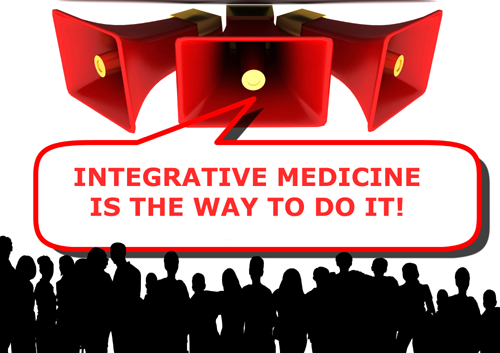

 Recently, I learned a big lesson, or, rather, I was reminded of an old lesson that I believe is as inherent as our survival instincts which lead us to an eye for an eye. I was asked to help a friend use the punishment system on her child. I did not look at the end results of this situation that was spinning out of control. But, I said I’d lend a hand. Not until the punishment I helped to deliver was hijacked by intervention from the other parent did I realize I was acting out of my belief system and into a system which lacks cooperation and respect.
Recently, I learned a big lesson, or, rather, I was reminded of an old lesson that I believe is as inherent as our survival instincts which lead us to an eye for an eye. I was asked to help a friend use the punishment system on her child. I did not look at the end results of this situation that was spinning out of control. But, I said I’d lend a hand. Not until the punishment I helped to deliver was hijacked by intervention from the other parent did I realize I was acting out of my belief system and into a system which lacks cooperation and respect. We’ve spoken before about habits that are internal, such as addiction to cocaine, and external, such as the habit of punishment and feeling powerful from this technique. In this case, I agreed to use the deprivation method of behavior to restore order, that is, the taking away of a freedom to maintain discipline. There is a better way.
We’ve spoken before about habits that are internal, such as addiction to cocaine, and external, such as the habit of punishment and feeling powerful from this technique. In this case, I agreed to use the deprivation method of behavior to restore order, that is, the taking away of a freedom to maintain discipline. There is a better way.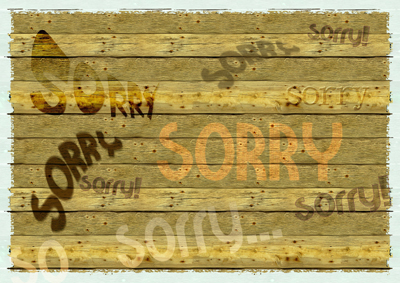 When someone commits a crime and shows remorse; we are often eager to lend an ear, show mercy, wish for a small consequence with special privileges for this person and label the person a regular one who made a mistake.
When someone commits a crime and shows remorse; we are often eager to lend an ear, show mercy, wish for a small consequence with special privileges for this person and label the person a regular one who made a mistake.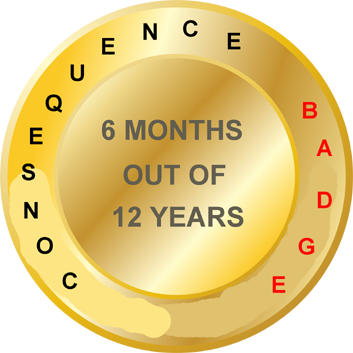
 A new study conducted in Ontario at McMaster University by Mark Tarnopolsky (MD, PhD) and his team came up with something astounding: that exercise can rejuvenate the skin.
A new study conducted in Ontario at McMaster University by Mark Tarnopolsky (MD, PhD) and his team came up with something astounding: that exercise can rejuvenate the skin. So Tarnopolsky and team did testing on a group of 29 men and women, ages 20 to 84. About half were active, doing three hours of workout per week. The other half did less than one hour a week. So the team examined skin on the butt, since that area would have less sun damage.
So Tarnopolsky and team did testing on a group of 29 men and women, ages 20 to 84. About half were active, doing three hours of workout per week. The other half did less than one hour a week. So the team examined skin on the butt, since that area would have less sun damage. To factor in whether lifestyles and diet made the difference, they took another sample of individuals for study. They put a group of previously sedentary people, 65 years and older, to exercise after first sampling their skin, which looked average for their age. They did a routine of jogging or cycling for 30 minutes two times a week for three months. At the end of this period, their skin measured that of 20- to 40-year-olds.
To factor in whether lifestyles and diet made the difference, they took another sample of individuals for study. They put a group of previously sedentary people, 65 years and older, to exercise after first sampling their skin, which looked average for their age. They did a routine of jogging or cycling for 30 minutes two times a week for three months. At the end of this period, their skin measured that of 20- to 40-year-olds. I stepped out the other night because I promised a friend I’d meet her at a bar for people over 60 with music from the 1950s and 60s. Since I don’t drink because I don’t drink just two, I was able to observe the crowd. What I was not prepared for was the amount of people, both men and women, who had had injection procedures to make the face look less wrinkly.
I stepped out the other night because I promised a friend I’d meet her at a bar for people over 60 with music from the 1950s and 60s. Since I don’t drink because I don’t drink just two, I was able to observe the crowd. What I was not prepared for was the amount of people, both men and women, who had had injection procedures to make the face look less wrinkly.
 This will get you moving and creating your own health through exercise. From your inner self out to the world.
This will get you moving and creating your own health through exercise. From your inner self out to the world.





